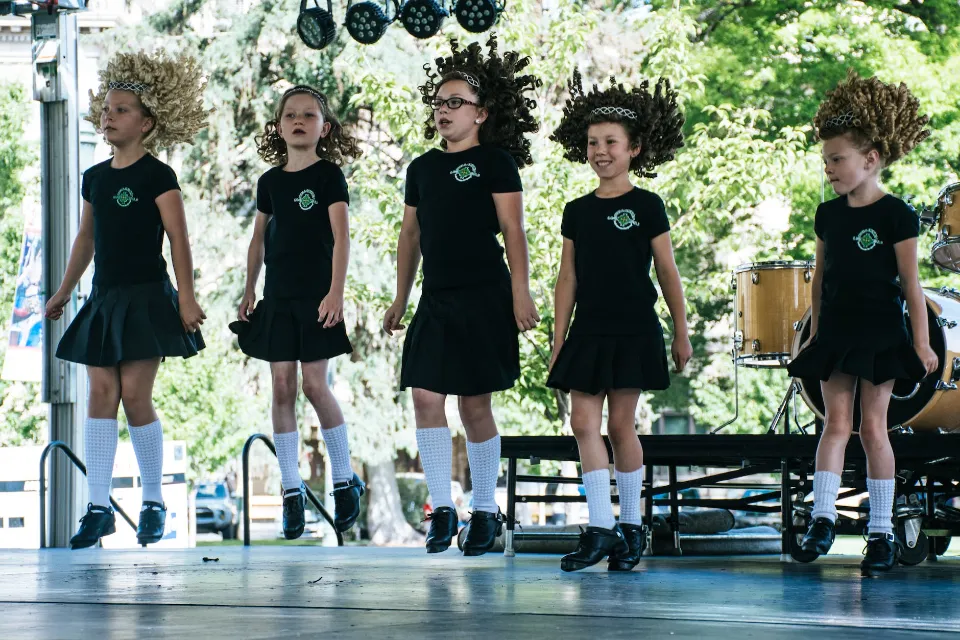
What is Primary School? A Complete Explanation
This article looks at primary education and addresses any queries you might have about elementary schools.
A primary school is, in its most basic sense, a facility designed for students between the ages of five and eleven. Primary schools are also known as junior schools, nurseries and infant schools, elementary schools, and grade schools.
Here is everything about primary school.
What is Primary School?
Depending on the state and school district policies, primary school levels range from grades 1 to 4 to 7. Students receive a foundational education in primary school that will serve as the basis for the remainder of their academic careers.
The United States Department of Education states that every state government in the country has control over primary education. To guarantee that students, regardless of the school they attend, receive a quality education, some states also oversee the elementary school curriculum, procedures, and standards.
To learn fundamental concepts, the majority of states mandate that kids complete their primary education. According to the United Nations Children’s Fund (UNICEF), providing children with this education has many positive effects, including:
- Decreasing poverty
- Decreasing child mortality rates
- Encouraging gender equality
- Increasing environmental concern
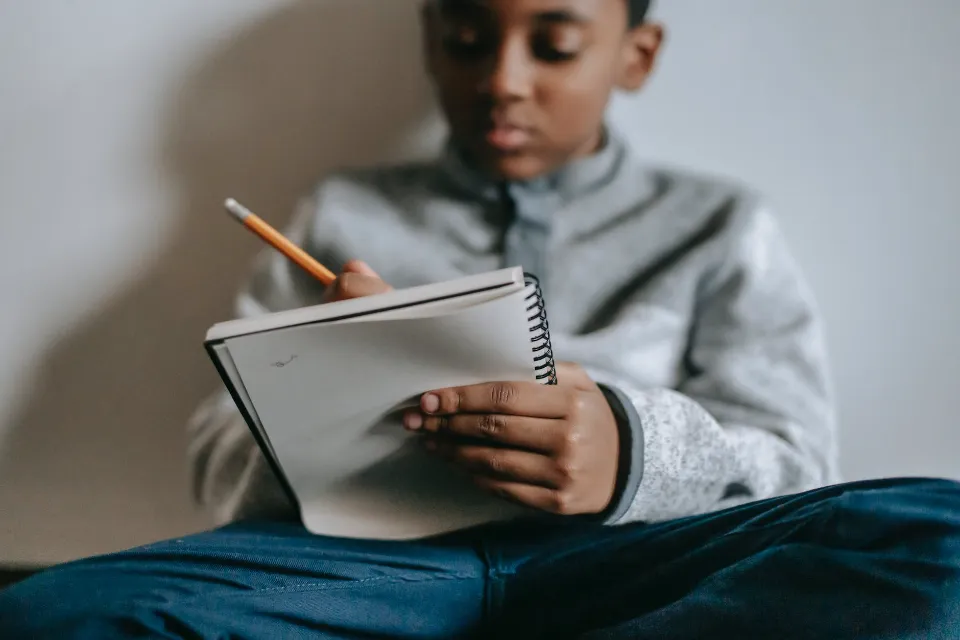
Primary education instructors teach students subjects like:
- Math
- Science
- Language Arts
- History
- Geography
- Art
- Music
Age Groups and Key Stages
A primary school frequently divides its students into key stages and age groups. This implies that your child will typically attend school with kids their own age.
- EYFS/Reception – Children from birth to age five should learn and develop according to the Early Years Foundation Stage. Children typically enter kindergarten at the age of four, with the early portions of this stage frequently being covered in nursery school settings.
- Key Stage 1 – Year 1 and Year 2 are separated into this. Children in this key stage range in age from five to seven (years 1 and 2 are for kids between the ages of five and six and six and seven, respectively).
- Lower Key Stage 2 – This is separated into years three and four. Children in this key stage 2 section range in age from seven to nine (years 3 and 4 correspond to ages seven to eight and eight to nine, respectively).
- Upper Key Stage 2 – There are two parts to this: years 5 and 6. Children in year 5 (ages 9 to 10) and year 6 (ages 10 to 11) are included in this final key stage 2 segment.
Lifetime Skills
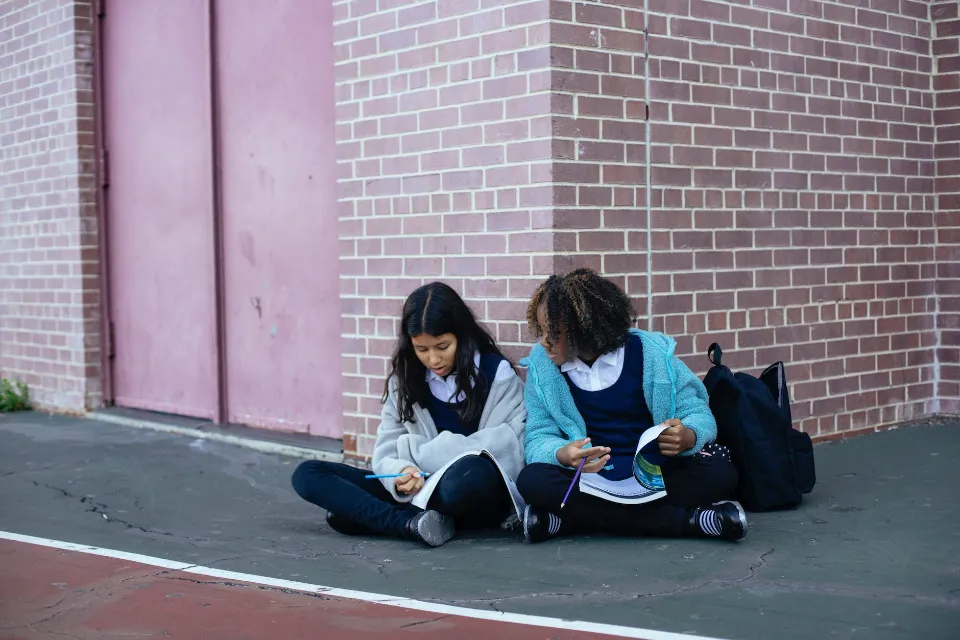
Some of a child’s first encounters with people of different racial backgrounds, socioeconomic statuses, and religions, as well as those with various disabilities, occur in primary educational institutions. Therefore, elementary school educators have a special chance to impart tolerance and respect to students.
The Tredyffrin/Easttown School District in Wayne, Pennsylvania claims that basic life skills like reading, writing, spelling, interpersonal communication, and concentration are taught to students. Elementary school students also learn good study habits including:
- Time management
- Multi-tasking and organization
- Short and long-term planning
- Test Preparation
Primary Education Tools
Keeping students interested in learning is a constant challenge for some primary education instructors who teach a variety of subjects to a class of students. According to the BLS, elementary school teachers use several different tools to teach children and keep their attention including:
- Games
- Books
- Movies
- Computers
- Artwork
Advantages of Primary Schools
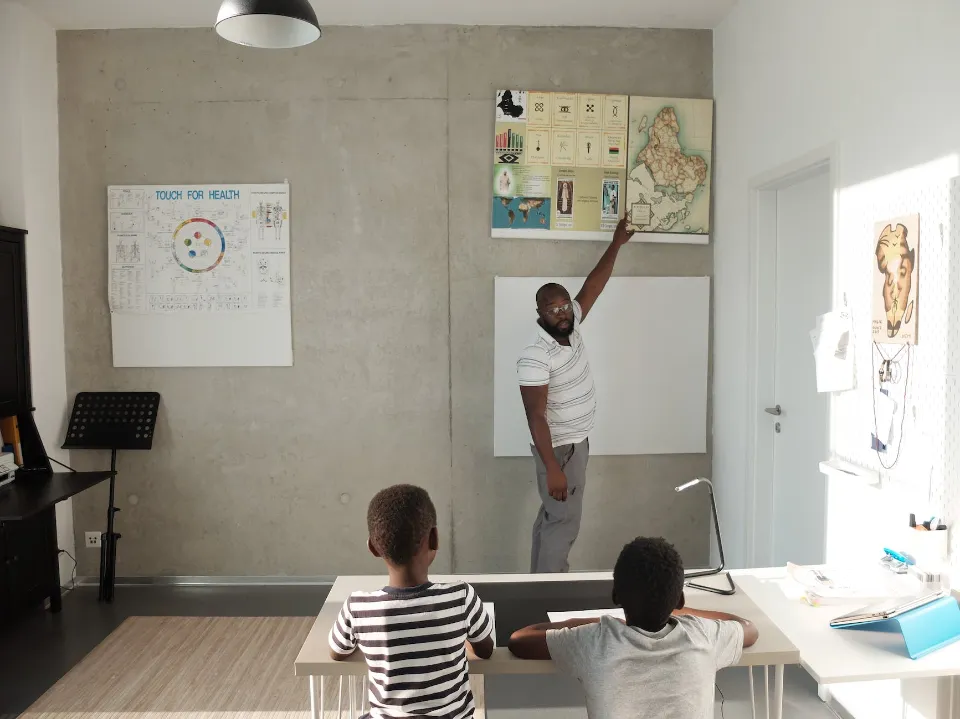
Smaller class sizes and extracurricular activities for students are just two advantages of primary schools.
All Children Learn the Same Things
Everyone learns the basics in school, which are critical life skills. Math, writing, and reading are some of these. Another possibility for language learning for kids in French and English.
In contrast to junior high or a private or international school, primary school is the only place where all kids learn the same things. Strong friendships can develop in primary school, which also supports students’ academic, physical, and emotional development.
The knowledge that your creativity is appreciated also boosts your self-confidence. In a classroom where each student is valued, you also improve your ability to learn. Therefore, access to primary education is necessary for all children.
Primary School Prepares Children for Success in Future Study and Work
Children are prepared for success in their future studies and careers in primary school. Each child’s innate potential is to be fostered by the program. Additionally, it acquaints them with fundamental concepts and the language of the first level and gets them ready for higher-level study.
The foundation for junior high is also laid in elementary school. Furthermore, it broadens and deepens the children’s perspective on knowledge and skill. One of the explanations is that primary education promotes self-development in children and lays a solid foundation for their future academic pursuits, social interactions, and employment.
Quality Teaching is More Likely to Happen Because of Support Systems in Place
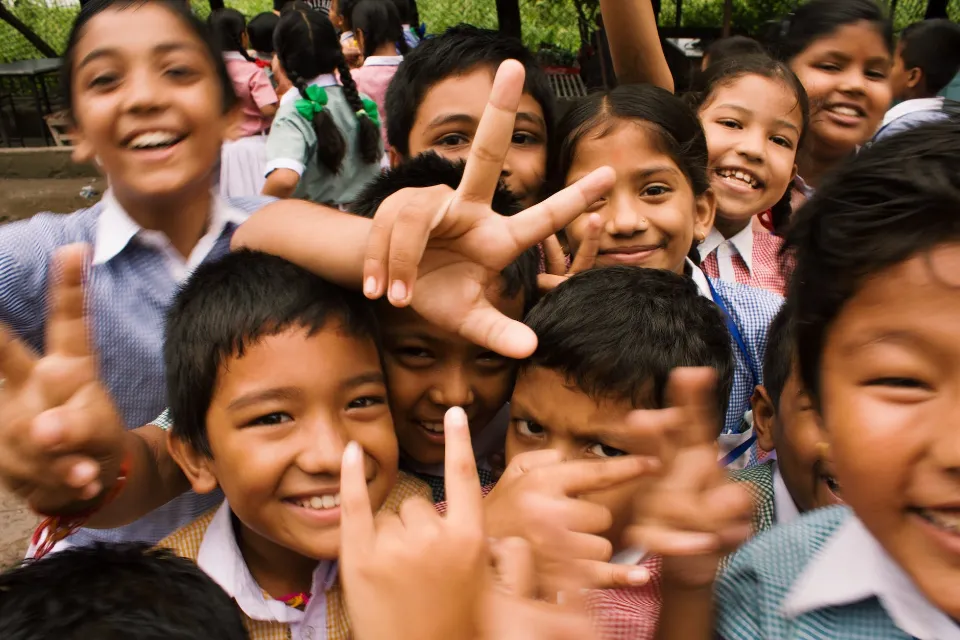
Overall school funding won’t have as much of an impact as support systems that promote high-quality instruction and healthy interactions between students, teachers, and parents.
These systems support effective instruction. Support systems help teachers develop their practices and prepare for the classroom.
The presence of support systems within your school that foster a sense of community increases the likelihood of quality teaching. The support systems also aid in the achievement of the learning goals of both teachers and students.
Primary Schools Offer An Environment for Socializing
Primary schools provide a social setting so that students can gauge their place within the school community and among their peers.
Teachers in each of the students’ classes are seated in a classroom with the students. This enables them to exchange ideas, information, and experiences. They develop mutual respect and the ability to coexist in harmony.
In primary school, learning occurs when students cooperate with their peers and pay attention to their teachers.
Teachers Are Sympathetic and Supportive of Students’ Needs
One of the key factors in a child’s learning and development is their teachers. Children’s early development is greatly influenced by their teachers. According to research, teachers play a significant role in a student’s educational outcomes.
Teachers are understanding and supportive of their student’s needs, and they encourage them to talk to them about their worries and inquiries.
It is not out of the ordinary to anticipate that the teacher’s sway over the students will affect the entire future of the country because of how much of an impact she has on them.
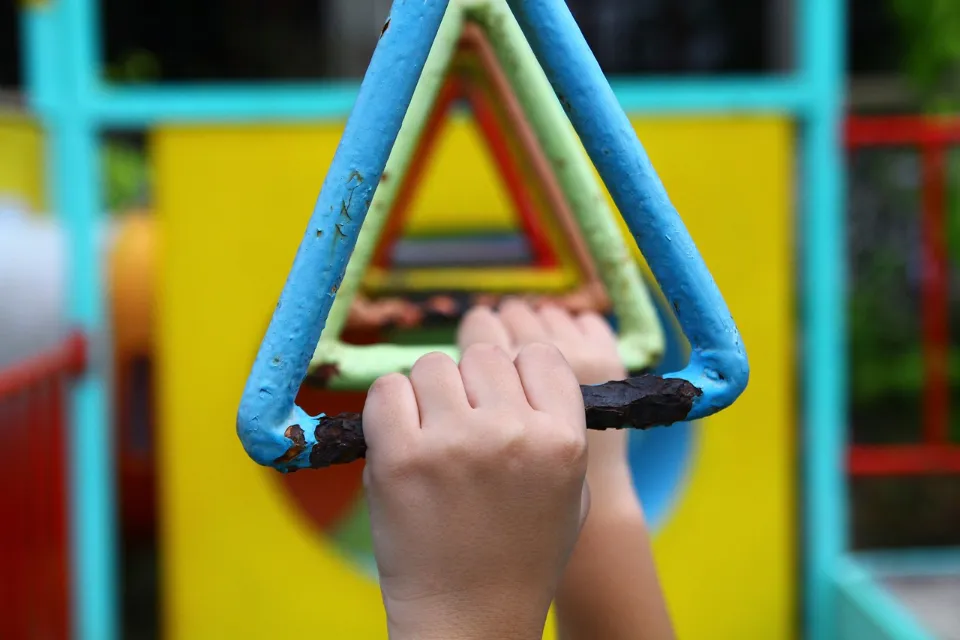
Special Needs Students Benefit from Small Classes
Small class size is one of the best ways to maintain the interest and comfort of special needs children while they are attending school.
In elementary schools, smaller class sizes allow for more individualized instruction and better parent-teacher communication. In a small setting where teachers and peers can forge strong relationships with them, kids with special needs also frequently thrive.
Children Start Learning Literacy and Numeracy in the Early Years
In the first few years of school, children begin learning literacy and numeracy. As they advance through primary school, all the way through high school and college, they are developing the reading, writing, and math skills that they will continue to use.
Elementary schools place a strong emphasis on giving kids of all abilities a broad general education that will prepare them for success in the future, whether the four essential subjects are taught separately in lessons or are incorporated into a creative curriculum.
Many elementary schools also provide extracurricular activities, such as joining sports teams, performing in concerts, bringing pets to school, and having each class look after a particular animal.
Students are also permitted to bring their parents into the classroom to discuss the kinds of jobs they have. That encourages them to strive to become better citizens in the future.
Better Results for Children from Disadvantaged Backgrounds
The high cost of education, a lack of self-confidence, and weak language and literacy skills are the biggest obstacles to high achievement for the majority of children from disadvantaged backgrounds.
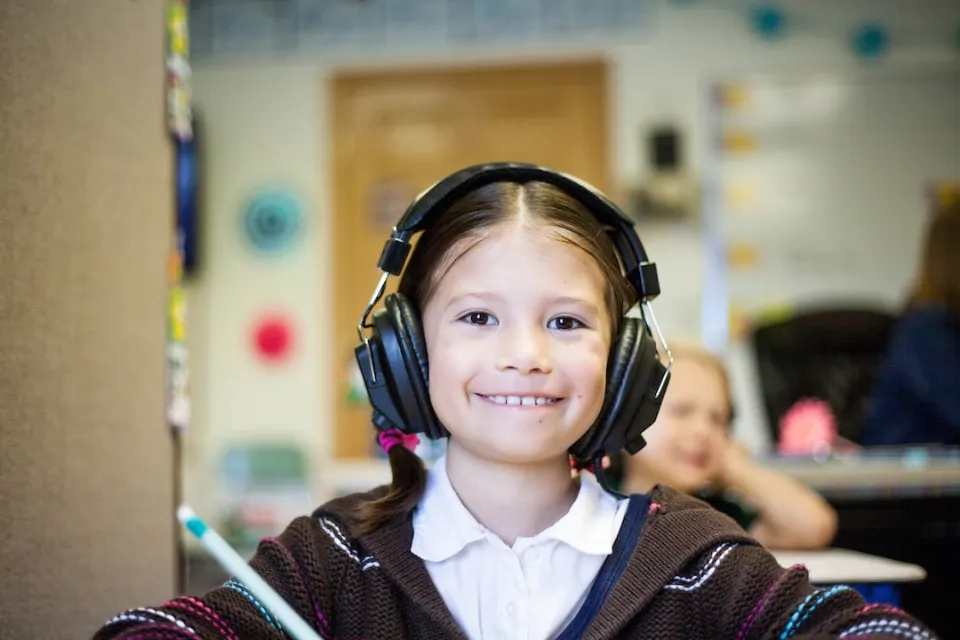
Children from less privileged backgrounds receive the same high-quality education as those from privileged backgrounds because the majority of primary schools are funded by the government.
Furthermore, primary school students from underprivileged backgrounds can now achieve higher standards of excellence. To ensure that every student achieves their full potential, public schools and tuition-charging institutions must implement measures that are specific to each individual student.
Smaller Class Sizes Mean More Opportunities to Learn
Students in elementary school receive the individualized attention they need from their teachers, who can also give them the practical skills they need to succeed in the classroom and beyond.
Through engaging projects and field trips, elementary school students can make friends, grow their social skills, and simply have fun while learning about the world.
Easy Classroom Management Makes Teaching Easier for Teachers
Gaining the trust of students and effectively managing a class are important aspects of teaching.
It is simpler for teachers to manage a large number of students when they use primary classroom management. Furthermore, when students are comfortable and relaxed, they are better able to focus on the lesson plans.
Additionally, teaching requires a lot of effort. Your job can be made simpler and more enjoyable with a few easy classroom management techniques, though.
Conclusion: What is Primary School?
In many nations, there is a stage of education known as primary school (PS). It is the first phase of a child’s foundational education. Typically, local governments are in charge of running schools, but they can also be private institutions or a mix of parish, community, and religious institutions.
Your child will probably adhere to the national curriculum in primary school. The national curriculum is a collection of subjects and evaluation criteria that primary and secondary schools use to make sure that all students across the nation have an equal opportunity to learn.


